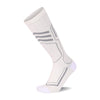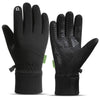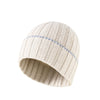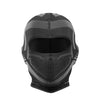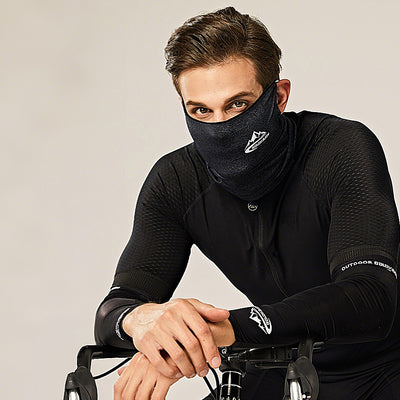Can Cycling Gloves Keep You Warm? The Reveal of Tested Results
Can Cycling Gloves Keep You Warm? The Reveal of Tested Results
When it comes to cycling, gloves are more than just a fashion statement. They serve an important role in protecting your hands, improving grip, and adding comfort during rides. But many cyclists wonder: can cycling gloves keep you warm? This question is especially important for those who bike in cold weather. The answer depends largely on the material and design of the gloves, as well as the ambient temperature you’re cycling in.
Understanding Cycling Gloves
Purpose and Common Features
Cycling gloves help protect your hands from blisters and vibrations from the handlebars. They also improve grip, ensuring better control of the bike. Comfort is key, especially on long rides, which is why many gloves include padding and breathable fabrics.
Different Types of Cycling Gloves
There are summer and winter cycling gloves, each crafted for specific weather conditions. Summer gloves are typically lighter with mesh panels to help your hands breathe. Winter gloves focus more on insulation and wind protection to keep your hands warm.

Material and Design of Cycling Gloves
Insulating Materials Used
The warmth of cycling gloves comes mainly from the materials used. Common insulating fabrics include fleece, neoprene, and wool. Fleece offers soft warmth and breathability, neoprene adds waterproof qualities and excellent insulation, and wool is a natural fiber that retains heat even when damp.
Design Elements for Warmth
Design plays a significant role in how well gloves keep cold out. Coverage matters—gloves that cover the wrists help seal in warmth. Some gloves have layering with inner liners or thicker padding on the back of the hand. Windproof properties, often built into outer materials, prevent chilly air from penetrating.
The Role of Ambient Temperature
How Cold Affects Your Hands
Cold temperatures reduce blood flow to extremities like hands. This means your hands lose heat faster and feel numb if they’re not well-protected. Wind can worsen this effect by pulling heat away from your skin.
Cycling Gloves Performance in Different Weather
In mild cold, many quality cycling gloves offer enough insulation to keep your hands warm. But in extreme cold, even well-insulated gloves might struggle without additional layers or hand warmers.
Tested Results: Do Cycling Gloves Keep You Warm?
Summary of Recent Tests and Studies
Recent tests on cycling gloves show that gloves made with insulated fleece and neoprene materials retain heat best. Gloves with windproof outer layers perform significantly better in preventing heat loss. Those with partial coverage or thin fabrics tend to fall short in colder weather.
Real User Experiences
Cyclists report that warm gloves combined with liners or over-gloves provide the best results during winter rides. Many credit gloves with full wrist coverage and windproof membranes as game changers. However, some users note that no glove can replace proper layering and accessories when temperatures dip below freezing.
Choosing the Right Cycling Gloves for Warmth
Assessing Your Climate Needs
Understanding your local climate is crucial. If you ride in temperatures just above freezing, lighter insulated gloves can suffice. For sub-zero conditions, look for gloves designed specifically for winter cycling with thermal insulation and windproofing.
Additional Features to Consider
Waterproofing is essential if you face wet or snowy weather conditions. Breathability ensures your hands don’t get clammy during exertion, which can make you feel colder later. Make sure gloves fit well—not too tight to restrict blood flow, and not too loose to let cold air in.

Tips to Maximize Warmth When Cycling
Layering Gloves
Layering is a smart approach. Thin liners under your main gloves add an extra barrier against the cold. Over-gloves or windproof shells on top trap heat effectively. This combination allows flexibility to adjust according to temperature changes.
Other Accessories That Help
Warmth doesn’t stop at gloves. Wearing a balaclava protects your face and neck from cold air. Earmuffs and hats keep your head warm, which helps your circulatory system maintain heat overall. Coordinating accessories with your gloves gives the best winter cycling experience.
Conclusion
The answer to "Can cycling gloves keep you warm?" is yes, but with some conditions. Material and design greatly influence how warm your gloves can keep you. Neoprene, fleece, and wool provide good insulation, especially when combined with windproof features and full coverage. Ambient temperature also plays a big role; gloves that work well in mild cold may not be enough in extreme weather.
Choosing the right gloves means considering your local climate, layering when necessary, and paying attention to fit and features like waterproofing. Pairing gloves with accessories like balaclavas, earmuffs, and hats further enhances warmth.
Investing in proper cycling gloves tailored to your needs will make cold-weather rides much more enjoyable. So pick wisely and stay warm on every ride!

